3-Chloro-1-propanol
Synonym(s):1-Chloro-3-hydroxypropane;Trimethylene chlorohydrin
- CAS NO.:627-30-5
- Empirical Formula: C3H7ClO
- Molecular Weight: 94.54
- MDL number: MFCD00002943
- EINECS: 210-992-9
- SAFETY DATA SHEET (SDS)
- Update Date: 2025-09-25 17:15:13

What is 3-Chloro-1-propanol?
Chemical properties
Colorless to pale-yellow liquid; characteristic odor. Soluble in water, alcohols, and ethers; insoluble in hydrocarbons. Combustible.
The Uses of 3-Chloro-1-propanol
3-Chloro-1-propanol is used in organicsynthesis to produce cyclopropane andtrimethylene oxide. It is an intermediate inthe synthesis of pharmaceuticals, agrochemicals, antiseptic agents, and dyes. It is an inhibitor of triosephosphate isomerase and glyceraldehyde 3-phosphate dehydrogenase.
Preparation
3-Chloro-1-propanol is synthesized by the reaction of 1, 3-propanediol and hydrochloric acid, using benzene sulfonic acid as the catalyst.
Reaction: 250 g of trimethylene glycol are shaken with 450 g of sulfur chloride, the mixture becoming warm, sulfur dioxide being rapidly evolved, and sulfur deposited. This reaction continues for 1 hours without heating, whereafter the mixture is heated for a further 6 hours on the water-bath and then for 30 min, over a free flame. When no more sulfur dioxide is evolved, the mixture is allowed to cool, then extracted several times with ether. The sulfur is washed with ether, and the united ethereal layers are shaken with sodium carbonate solution to remove sulfur dioxide, dried over sodium sulfate, and freed from ether. The residue is fractionated and the fraction of b.p. 140-180° C is redistilled, giving 60% (160 g) of 3-chloro-1-propanol, b.p. 160-164°C/760 mm, 60-64° C/10 mm.
J. Amer. Chem. Soc, 38, 2481 (1916)
J. Chem. Soc, 1928, 2439
Synthesis Reference(s)
Journal of the American Chemical Society, 90, p. 2927, 1968 DOI: 10.1021/ja01013a033
The Journal of Organic Chemistry, 55, p. 2968, 1990 DOI: 10.1021/jo00296a078
Organic Syntheses, Coll. Vol. 1, p. 533, 1941
General Description
3-Chloro-1-propanol appears as a colorless liquid with a mild odor. Slightly denser than water. Toxic by ingestion and inhalation . Flash point 270°F. Used to make plastics, resins and other chemicals.
Reactivity Profile
3-Chloro-1-propanol may be sensitive to prolonged exposure to light. 3-Chloro-1-propanol may react with oxidizing agents. .
Health Hazard
3-Chloro-1-propanol also know as Trimethylene chlorohydrin, is a moderatelytoxic compound. Skin contact can cause irritation.Ingestion can result in CNSdepression, muscle contraction, gastrointesti nal pain, and ulceration or stomach bleed ing. High dosage can cause liver injury. Thetoxicity of this compound, however, is lesssevere than that of its isomer, propylene β-chlorohydrin.
LD50 value, oral (mice): 2300 mg/kg
Fire Hazard
Combustible material: may burn but does not ignite readily. When heated, vapors may form explosive mixtures with air: indoors, outdoors and sewers explosion hazards. Contact with metals may evolve flammable hydrogen gas. Containers may explode when heated. Runoff may pollute waterways. Substance may be transported in a molten form.
Safety Profile
Moderately toxic by ingestion. Mutation data reported. Chloropropanols have mutagenic and carcinogenic properties. The 3-monochloropropanol (3-MCPD) is the main chloropropanol found in hydrolyzates of vegetable protein (HVP) made by acid hydrolysis.
Waste Disposal
Trimethylene chlorohydrin is burned in achemical incinerator equipped with an afterburner and scrubber.
Properties of 3-Chloro-1-propanol
| Melting point: | -20 °C |
| Boiling point: | 160-162 °C(lit.) |
| Density | 1.131 g/mL at 25 °C(lit.) |
| refractive index | n |
| Flash point: | 164 °F |
| storage temp. | 0-6°C |
| solubility | 50g/l (slow decomposition) |
| form | Liquid |
| pka | 14.73±0.10(Predicted) |
| Specific Gravity | 1.14 |
| color | Clear colorless to yellow |
| PH | 3-4 (100g/l, H2O, 20℃) |
| Water Solubility | 300 g/L (20 ºC) |
| BRN | 773655 |
| Exposure limits | No exposure limit is set. A TLV-TWA air
value of 100 ppm (approximately 400 mg/m3)
is suggested for this compound. |
| Stability: | Stability Stable, but light-sensitive. Combustible. Incompatible with strong oxidizing agents. |
| CAS DataBase Reference | 627-30-5(CAS DataBase Reference) |
| NIST Chemistry Reference | 1-Propanol, 3-chloro-(627-30-5) |
| EPA Substance Registry System | 3-Chloro-1-propanol (627-30-5) |
Safety information for 3-Chloro-1-propanol
| Signal word | Warning |
| Pictogram(s) |
 Exclamation Mark Irritant GHS07 |
| GHS Hazard Statements |
H315:Skin corrosion/irritation H319:Serious eye damage/eye irritation H335:Specific target organ toxicity, single exposure;Respiratory tract irritation |
| Precautionary Statement Codes |
P261:Avoid breathing dust/fume/gas/mist/vapours/spray. P264:Wash hands thoroughly after handling. P264:Wash skin thouroughly after handling. P271:Use only outdoors or in a well-ventilated area. P280:Wear protective gloves/protective clothing/eye protection/face protection. P302+P352:IF ON SKIN: wash with plenty of soap and water. P305+P351+P338:IF IN EYES: Rinse cautiously with water for several minutes. Remove contact lenses, if present and easy to do. Continuerinsing. |
Computed Descriptors for 3-Chloro-1-propanol
| InChIKey | LAMUXTNQCICZQX-UHFFFAOYSA-N |
3-Chloro-1-propanol manufacturer
JSK Chemicals
New Products
Indole Methyl Resin tert-butyl 9-methoxy-3-azaspiro[5.5]undecane-3-carboxylate Boc-His(Boc)-OH 2-CTC Resin 4-Chloro-7-tosy1-7Hpyrrolo[2,3-d]pyrimidine 5,7-Dibromo-1H-indole 2,5-dichloro-N-hydroxy-4,6-dimethylpyridine-3-carboximidamide 2,2-Dimethoxy-7-azaspiro[3.5]nonane hydrochloride 4-chloromethyl-5-methyl-1,3-dioxol-2-one (DMDO-Cl) R-2-BENZYLOXY PROPIONIC ACID 1,1’-CARBONYLDIIMIDAZOLE 1,1’-CARBONYLDI (1,2-4 TRIAZOLE) N-METHYL INDAZOLE-3-CARBOXYLIC ACID 4-((2-hydroxyethyl)thio)benzoic acid 1-(TERT-BUTOXYCARBONYL)-2-PYRROLIDINONE Methyl 6-methylnicotinate 3-Pyridineacrylic acid tert-Butyl carbazate TETRAHYDRO-2H-PYRAN-3-OL 2-((4-morpholinophenylamino) (methylthio) methylene) malononitrile 3-(4-morpholinophenylamino)-5-amino-1H-pyrazole-4-carbonitrile 2,4-dihydroxybenzaldehyde 1,3-Diethyl-1,3-Diphenylurea Methyl 2-methylquinoline-6-carboxylateRelated products of tetrahydrofuran





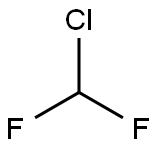
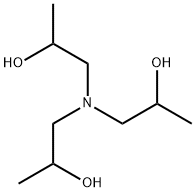

You may like
-
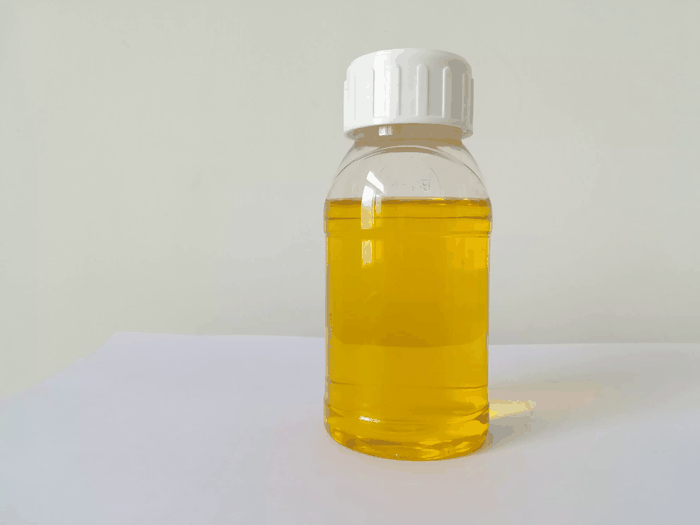 3-Chloro-1-Propanol 627-30-5 98%View Details
3-Chloro-1-Propanol 627-30-5 98%View Details
627-30-5 -
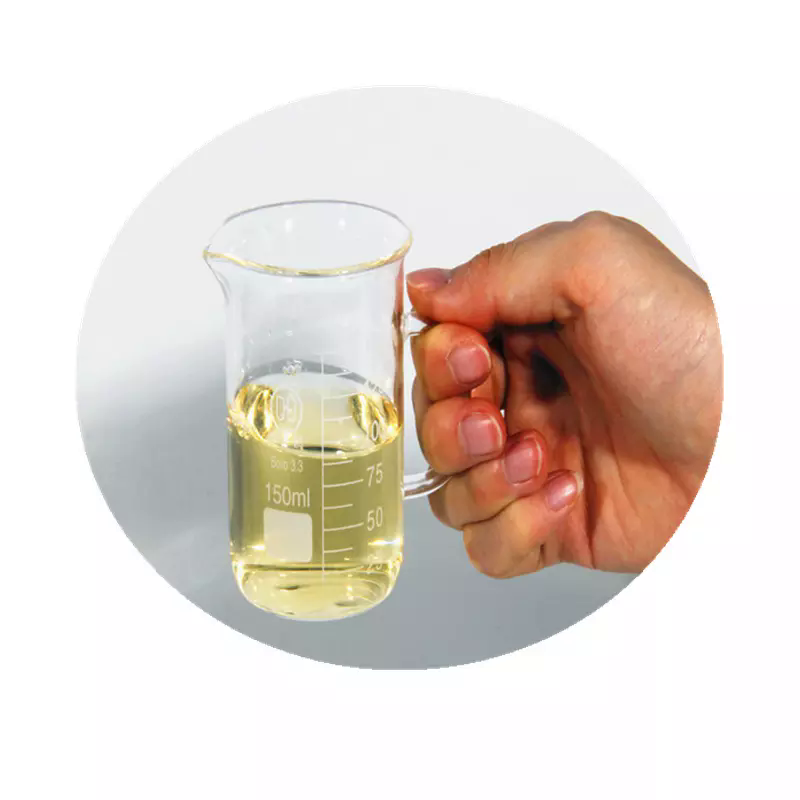 627-30-5 99%View Details
627-30-5 99%View Details
627-30-5 -
 627-30-5 3-Chloro-1-propanol, 98% 99%View Details
627-30-5 3-Chloro-1-propanol, 98% 99%View Details
627-30-5 -
 3-Chloro-1-propanol CAS 627-30-5View Details
3-Chloro-1-propanol CAS 627-30-5View Details
627-30-5 -
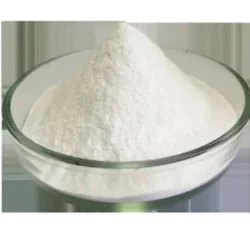 3 Chloro 1 Propanol APIView Details
3 Chloro 1 Propanol APIView Details
627-30-5 -
 Pyridine 99.5% HPLC /UV SpectroscopyView Details
Pyridine 99.5% HPLC /UV SpectroscopyView Details
110-86-1 -
 Dibutyl PhthalateView Details
Dibutyl PhthalateView Details
84-74-2 -
 Thiourea 99% ARView Details
Thiourea 99% ARView Details
62-56-6
